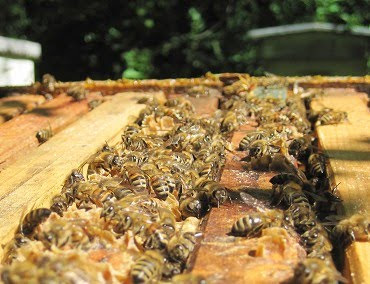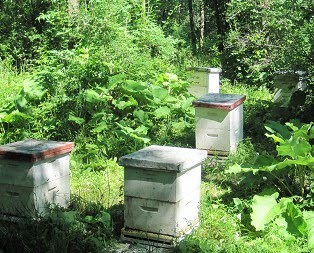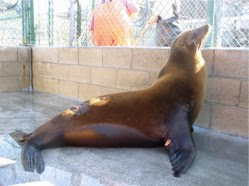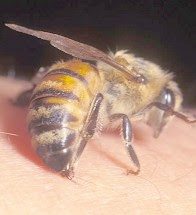What I learned from the bees (# 1 in a series)
The new crops of northern honey are in ! We are now sharing Apitherapy raw honey from this region and blueberry honey from Maine. After almost three months of rain, the First Fruits of the new crops are in the honey house, and we are grateful to be able to send this delicious honey to you.
What I learned from the bees (# 1 in a series)
patience
Working with the honey bees helps to stretch and fortify one’s patience. While we do all we can to help the bees make a crop, such as give them mite resistant queens that have been selected over the years, make sure they have enough room to raise brood and make honey, give them equipment that has light wax or foundation to help them keep their home clean, follow other organic support procedures that encourage them to be stronger in the midst of mites and other environmental challenges, wrapping them well for the northern winters, etc. , the ultimate control of a honey crop is not in our hands.
In Northern Vermont, we are blessed by five months of sunny summer weather, often cool and seldom hot. This is the weather that allows for the good crops, and encourages flowers to make nectar. Where the summer temperatures are hotter, this production of nectar may be shut down. This year it has been raining for much of the last six weeks. While this has been a challenge and hardship to a vegetable farmer, for those that are growing strawberries or tomatoes, or those who plant fields of corn, things are different in the world of honey bees. The rains have allowed the plants to grow larger and stronger, producing many flowers that will offer nectar. The soil is loaded with water. When we get sun now, and if it is in the time when there are flowers on the clovers, milkweed, knapweed, goldenrod, or other flowers, the bees could make a good crop.
In many years of working with the bees, I often found that the crops were made in the last week of the five month season. As a young commercial beekeeper, there were weeks of great anxiety and worry in the years when the bees did not make a crop for the first 95% of the season. Imagine a profession where there was not a weekly paycheck, but the whole year’s income was primarily made on a few days at the very end of the season. This has happened over and over again, and has helped me grow in patience and faith in this work, and also in life itself. I feel grateful to have experienced a string of miracles where there is no surplus honey on the bees one day, and ten days later when you come back to inspect, three or four boxes of honey are found on the upper areas of the hive.
Over the years, I have become very sensitive to the moment in time, when, after all the waiting, watching, and prayers, I first saw that a crop was made. I call this the “turning point”, always so thankful for the day. I will never forget the minute in a particularly dry year – I walked up to the bees in the “Glake bee yard” in the St. Lawrence River Valley of Northern New York. Upon opening the first three colonies, I saw that all had made an average of 60+ lb. of honey where there had been no honey two weeks earlier. Each hive in this yard was the same. Then I heard the “click clack” of the horses as they drove by, pulling a cart with an Amish family, the men all dressed in blue shirts and their straw summer hats. This was a very special moment I will never forget.
As beekeepers, we do all that we can to help the bees; we give them room, keep them in areas where we believe they will be able to gather nectar and pollen, be protected from the bears and the winter winds, and help them with their queens. Then, we have to let go, and let them do their work.
A life of beekeeping has given me a great peace about the things that I cannot control. Every season we are given daily opportunities to understand the prayer of serenity more fully:
“God, grant me the serenity to accept the things that I cannot change.
Courage to change the things I can,
And the wisdom to know the difference. “




